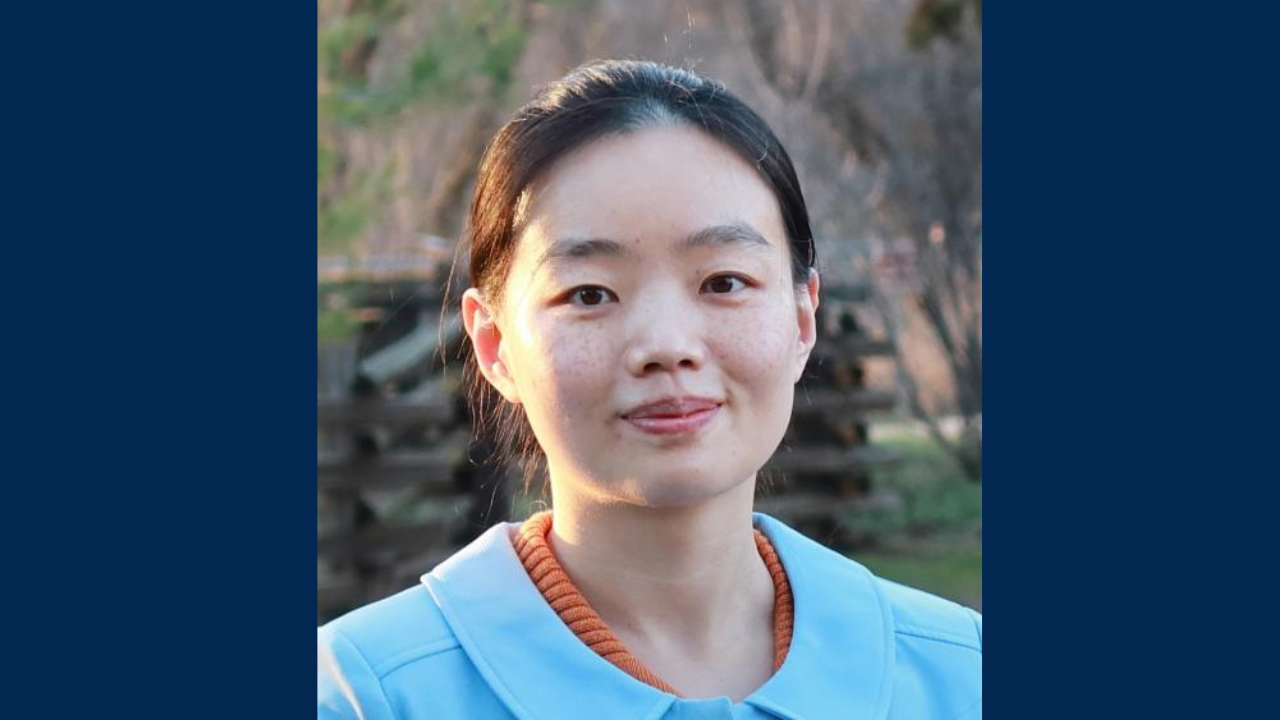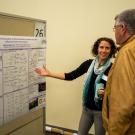
A UC Davis researcher exploring the possibilities of quantum chemistry was recently awarded a five-year, $660,000 grant from the National Science Foundation’s Faculty Early Career Development Program (CAREER).
Chenchen Song, an assistant professor in the Department of Chemistry, will use the funds to develop new theoretical methods to study photochemical reactions occurring in biological life. Examples of such reactions include photosynthesis in plants and vitamin D synthesis in humans.
“It feels encouraging to receive this grant because it means NSF sees my research program as being important enough to fund,” Song said. “STEM faculty are responsible for training the next generation of researchers, and this award provides funding for me to support a student or postdoc for four to five years, so it certainly goes a long way towards meeting this need.”
Quantum mechanics and the molecular dance of photoreactions
Nature is a master chemist and photoreactions play a pivotal role in many important biological processes. Better understanding photoreactions in biological life could lead to innovations in not only medicine and agriculture, but could improve organic solar cell and photocatalyst technologies.
Song analyzes photoreactions through the lens of quantum mechanics. She harnesses methods from various fields including chemistry, physics, math and computer science to build simulations of chemical processes.
“The goal of such simulations is to generate molecular movies to help us understand how the photoreactions proceed in the microscopic scale,” Song said. “Traditional theoretical methods are not computationally affordable for this purpose.”
In quantum mechanical simulations, data is stored in matrices that represent physical quantities. These matrices can contain trillions of values. The amount can be time-consuming for even a computer to process.
To get around this problem, Song is developing new methods to elucidate how photoactive molecules (chromophores) behave in cellular environments.
“We discovered that these huge matrices actually contain less information than they appear to,” she said. “By extracting the actual information, we can write them as products of much smaller matrices that are computationally more manageable. We then implement our equations using these smaller matrices into computer code, and in this step, we take advantage of the parallel capabilities of graphical processing units to speed up the calculation further.”
Song is excited about the potential applications of the research and noted that each photon contains a huge amount of potential energy.
“If we can harness that energy, it can drive chemical reactions that are not otherwise possible,” Song said. “For example, we may be able to design enzymes that use natural light to degrade ‘forever chemicals’ in the environment for water treatment purposes. We can also use these simulations to design molecular machines with moving parts that can perform complex tasks and only need light energy in order to operate.”
YOU MAY ALSO LIKE THESE STORIES

Developing Molecular Windows to Advance Health with Elizabeth Neumann
Imaging is imperative to molecular biology. To understand human health and disease, scientists need a molecular window into the processes underlying our biology. What is the biochemistry behind gene transcription and protein translation? How does this then lead to the metabolic activity ensuring bodily functionality?

UC Davis Venture Catalyst Launches the Fall Cohort of the Science Translation and Innovative Research Grant Program
UC Davis is pleased to announce the autumn cohort of the Science Translation and Innovative Research (STAIR) Grant Program. The new initiative comes from the UC President’s Entrepreneurship Network Council that has developed the UC Proof of Concept (POC) Program to help each of the nine UC campuses build programs to help startups traverse the so-called “Valley of Death” for new innovations.
